At three years old, toddlers are full of energy, curiosity, and creativity. This is a great time to bring in toys that keep them engaged while also supporting their development. The right learning toys can boost language, motor skills, memory, and problem-solving, all while your child simply enjoys playing. But what are the best learning toys for 3 year olds?
In this guide, we’ll share the best electronic and non-electronic learning toys for 3-year-olds, and give you some tips on how to choose age-appropriate options that match your child’s stage and interests. Read on to learn more!

Why Learning Toys Matter for 3-Year-Olds?
Three-year-olds grow quickly, both in how they think and how they move. At this stage, learning toys can support their speech, thinking, and problem-solving in everyday play. Choosing the right ones makes playtime more meaningful. Here's why it matters:
- Boost brain growth: Toys that focus on sorting, matching, and sequencing help strengthen a toddler’s memory, attention span, and early reasoning skills.
- Build language: Toys with letters, sounds, and storytelling features encourage vocabulary development and sentence formation.
- Encourage creativity: Pretend play toys spark imagination and help with emotional expression.
- Strengthen fine motor skills: Stacking, twisting, or pressing buttons trains little fingers for writing and self-care tasks.
- Promote social skills: Cooperative toys teach turn-taking, listening, and simple problem-solving.
7 Best Electronic Learning Toys for 3-Year-Olds
Electronic toys can add a lot of fun to learning. With lights, sounds, and interactive features, they hold a toddler’s attention while encouraging language, early math, or problem-solving skills. Here are seven types of electronic learning toys for 3-6 year old worth exploring.
1. LCD Writing Tablets
These reusable tablets give toddlers a screen-free way to draw, write, or doodle using a stylus. They’re great for building fine motor control while letting kids experiment with shapes, numbers, or letters. Unlike paper, there's no mess, and many models come with erase buttons for endless practice. They also encourage early writing skills without the pressure of perfection.
If you’re looking for something reliable and travel-friendly, the Alilo 13.5 Inch LCD Writing Tablet is a great pick. It features pressure-sensitive technology that responds to how hard your child presses, and it’s lightweight enough to take anywhere.
2. Story Music Players
A toddler-friendly story player like the Alilo Pocket Bunny Portable Story Music Player can bring books and songs to life without screens. With preloaded stories, lullabies, and music, it builds listening comprehension and vocabulary. Compact and portable, it’s great for quiet time outdoors or bedtime routines.
3. Interactive Reading Pen Sets
Reading pens are designed to help toddlers explore books independently. When toddlers tap images or words, the pen plays sounds or reads aloud, helping them build vocabulary and listening skills while staying focused. For a well-rounded option, the Alilo Interactive Reading Pen Set adds even more value with storybooks, flashcards, and music that introduce letters, instruments, and everyday vocabulary, all in one easy-to-use set.

4. Learning Tablets for Toddlers
Child-safe tablets often come with preloaded educational games that focus on letters, numbers, shapes, or colors. These games respond to a toddler’s input and offer praise or hints, helping them learn at their own pace. Look for versions with parental controls and no ads to keep the experience focused and safe.
5. Alphabet Boards
These boards use lights and sound to teach letter names, phonics, and simple words. Toddlers press buttons or touch letters to hear them spoken aloud. They support early reading skills and help toddlers recognize letters in a playful, hands-on way. Some models also include songs or spelling games.
6. Talking Flash Cards
These card sets speak the word, letter, or sound when a card is inserted into a reader. Flash cards can include animals, objects, or phonics-based words to expand vocabulary and improve pronunciation. The interactive nature makes them feel like a game, which encourages repeated use and faster learning.
A good example is the Alilo Interactive Learning Table, which includes over 40 double-sided cards and interactive games. Kids can tap to hear words and sounds, encouraging them to learn independently without any screens.
7. Electronic Musical Instruments
Toy keyboards, drum pads, or guitars with sound effects help toddlers explore rhythm, sound, and creativity. Many include built-in tunes or lights that guide them to play along. These toys not only introduce musical concepts but also improve coordination, timing, and listening skills through playful practice.
8 Best Non-Electronic Learning Toys for 3-Year-Olds
Not all great learning toys need batteries. In fact, many of the most effective options for toddlers are quiet, hands-on, and open-ended. These non-electronic toys support creativity, focus, and problem-solving in natural and screen-free ways.
1. Wooden Puzzles
Chunky puzzles with knobs or cut-out shapes help toddlers improve hand-eye coordination and visual recognition. They also introduce early problem-solving by challenging kids to match shapes or complete a picture. Puzzles with themes like animals, letters, or daily routines offer extra learning while they play.
2. Stacking and Nesting Toys
Toys that stack, nest, or build up help toddlers explore size, balance, and order. These toys support logical thinking and fine motor development while encouraging independent play. Sets made of wood, plastic, or even soft silicone offer different textures and sensory experiences.
3. Pretend Play Sets
Doctor kits, toy kitchens, or market stands give toddlers a chance to act out real-life scenarios. Pretend play builds language, social understanding, and creativity. It also helps toddlers express emotions, practice conversations, and work through new ideas in a safe, playful way.
4. Sorting and Matching Games
These toys often use colors, shapes, or themed items (like fruits or animals) to teach sorting, grouping, or basic categorization. Sorting sets support visual memory, attention to detail, and early math concepts like comparing or counting. They’re great for solo or guided play.
5. Threading and Lacing Toys
Lacing beads or threading boards give toddlers something tactile to focus on. These toys strengthen hand muscles and improve coordination, laying a foundation for writing later on. They also encourage focus and patience, especially when a task requires concentration to complete.
6. Story Sequencing Cards
These card sets feature simple illustrations that toddlers can arrange in order. The goal is to tell a short story or show a step-by-step process like brushing teeth or planting a seed. This helps build logical thinking and narrative skills, even before a child can read.
7. Building Blocks and Bricks
Classic building sets let toddlers stack, connect, and explore their creativity at their own pace. These toys support spatial awareness, coordination, and problem-solving through open-ended play. A simple tower or a more imaginative structure both give kids the chance to experiment and learn through trial and error.
8. Memory Matching Cards
Memory games with bright, engaging images help toddlers develop visual memory and focus. Around age three, children start to enjoy simple rules and can begin matching pairs. These games also build turn-taking skills and are compact enough to bring along for travel or quiet play.
How to Choose Age-Appropriate Learning Toys?
There are countless toys labeled as “educational,” but not all are right for your 3-year-old. Here’s how to tell what’s worth buying:
Start with your child’s interests
Pay attention to what your child naturally enjoys. If they’re always dancing or singing, a musical toy might keep them engaged longer. If they love stacking or building, go for blocks or construction sets. When a toy taps into something they already like, it’s more likely to hold their attention and support deeper learning.
Focus on open-ended play
Toys that can be used in more than one way encourage creativity and flexible thinking. Building sets, pretend play items, or drawing materials let your child explore freely, come up with their own ideas, and grow into new ways of using the toy over time.
Think about safety and durability
At this age, toddlers are still learning how to handle toys properly. Look for sturdy materials that can handle rough play and avoid small parts that could pose a choking hazard. Non-toxic finishes and safety certifications like ASTM or CE also give extra peace of mind.
Consider the learning value
A good learning toy might support language development, number recognition, fine motor skills, or emotional understanding. Toys that cover more than one area, like a shape sorter that also teaches colors, tend to be more useful as your child grows.
Don’t overload with features
Toys with flashing lights, loud music, and too many buttons can quickly become overstimulating. While these features may grab attention at first, they often distract from the learning process. A well-designed toy with fewer features usually encourages more focused and meaningful play.
Conclusion
The best learning toys for 3 year olds keep your child curious and engaged. At this age, they learn best through hands-on play, storytelling, and simple challenges that spark their imagination. The right toys can help them build new skills without it ever feeling like work. Follow their interests, keep things fun and flexible, and you’ll find toys that make playtime both meaningful and enjoyable.
FAQs
What toys should a 3 year old be playing with?
A 3-year-old should play with toys that support imagination, coordination, and early learning, such as building blocks, pretend play sets, puzzles, sorting games, and interactive books. Toys with simple sounds or lights, like story players, can also keep them engaged while helping develop language skills.
What are the best toys for a 3 year old?
The best toys vary by interest but usually include stacking toys, interactive books, musical instruments, and role play sets. Choose toys that are safe, durable, and promote hands-on learning and creativity.
What are the brain development toys for 3 year old?
Great options are lacing sets, sequencing cards, building blocks, and sorting games. These strengthen focus, coordination, and early problem-solving. Interactive story players, reading pens, and talking flash cards also help build memory and language through engaging, hands-on play.
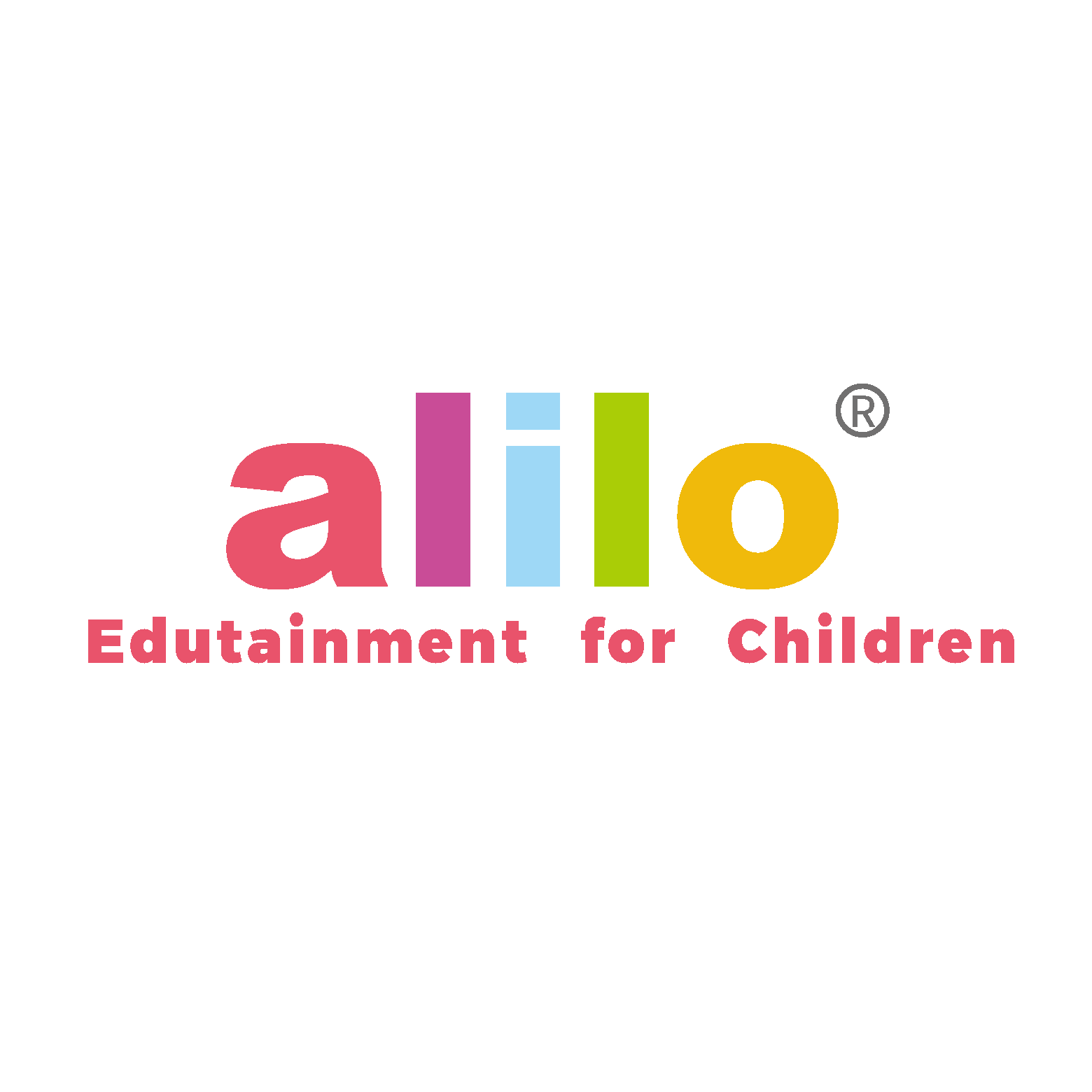
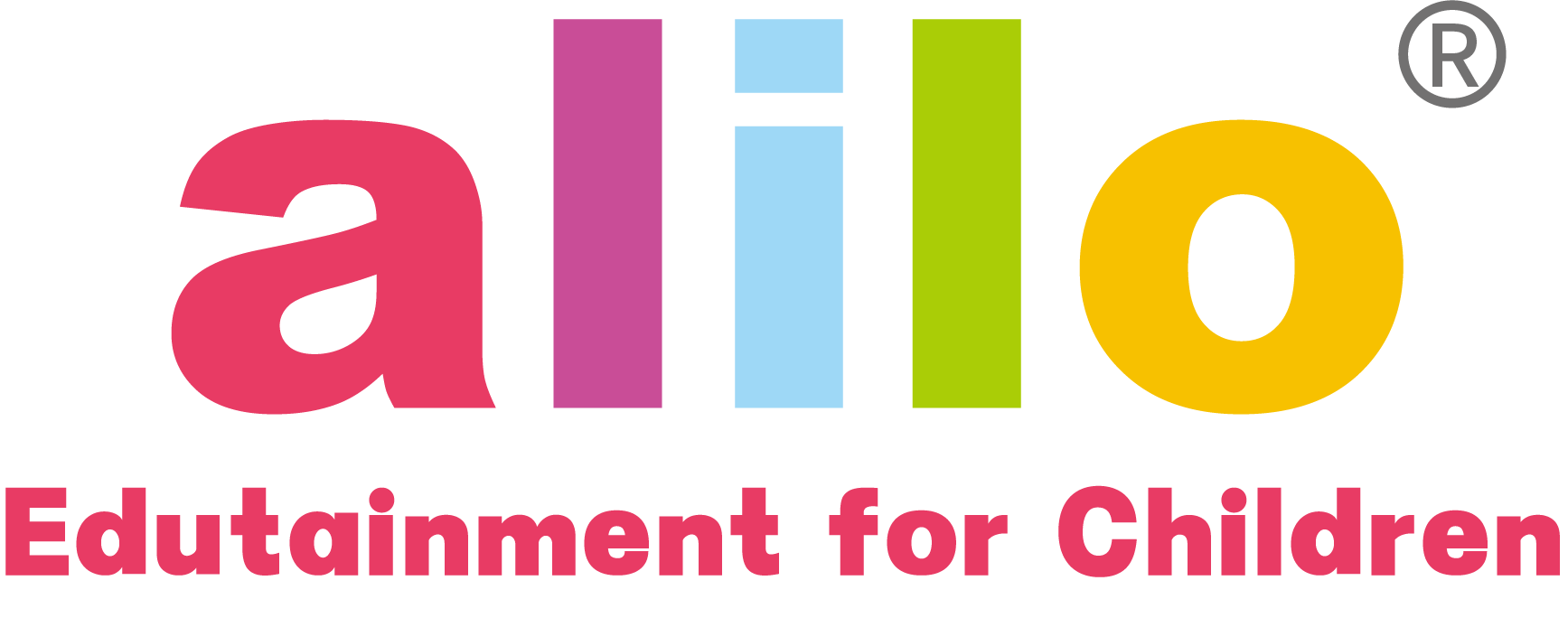
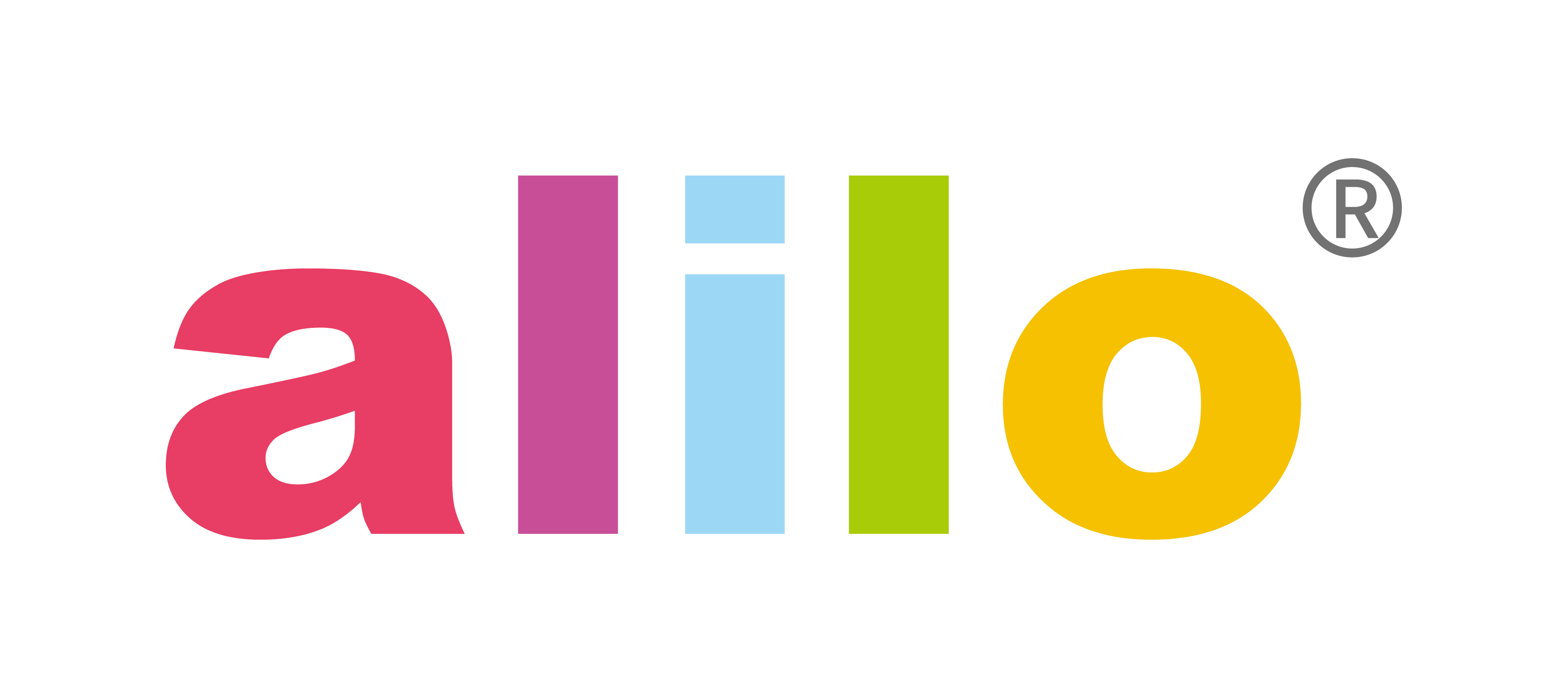
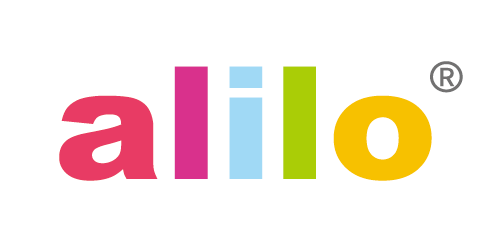
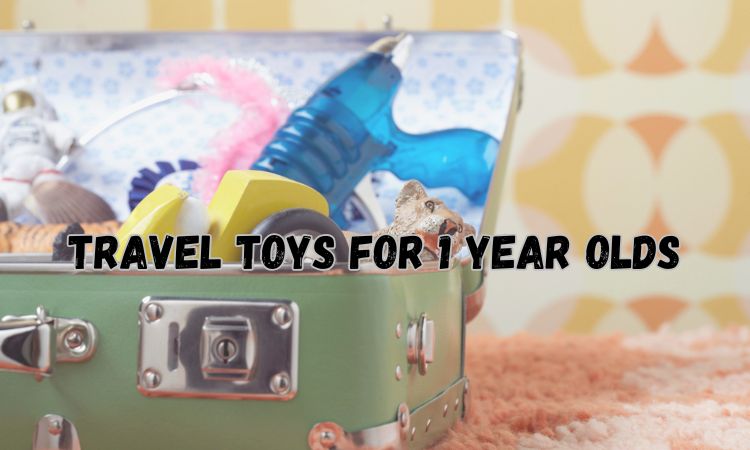
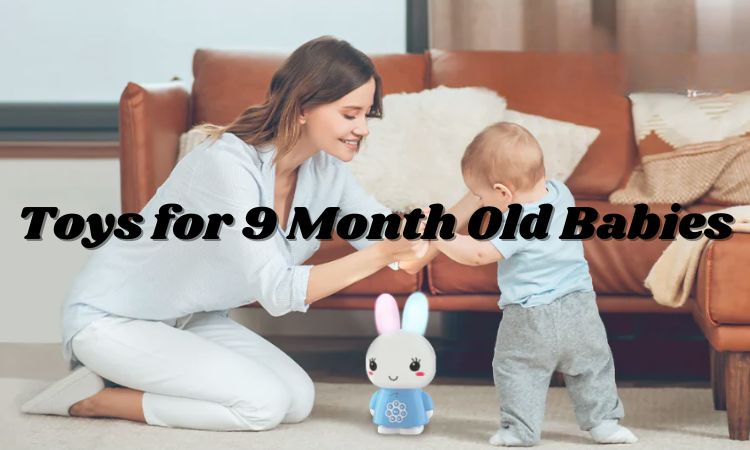
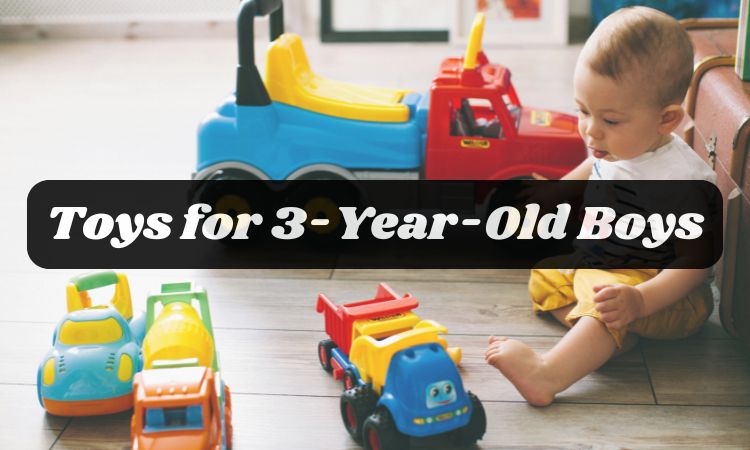
Share and get 5% off!
Simply share this product on one of the following social networks and you will unlock 15% off!